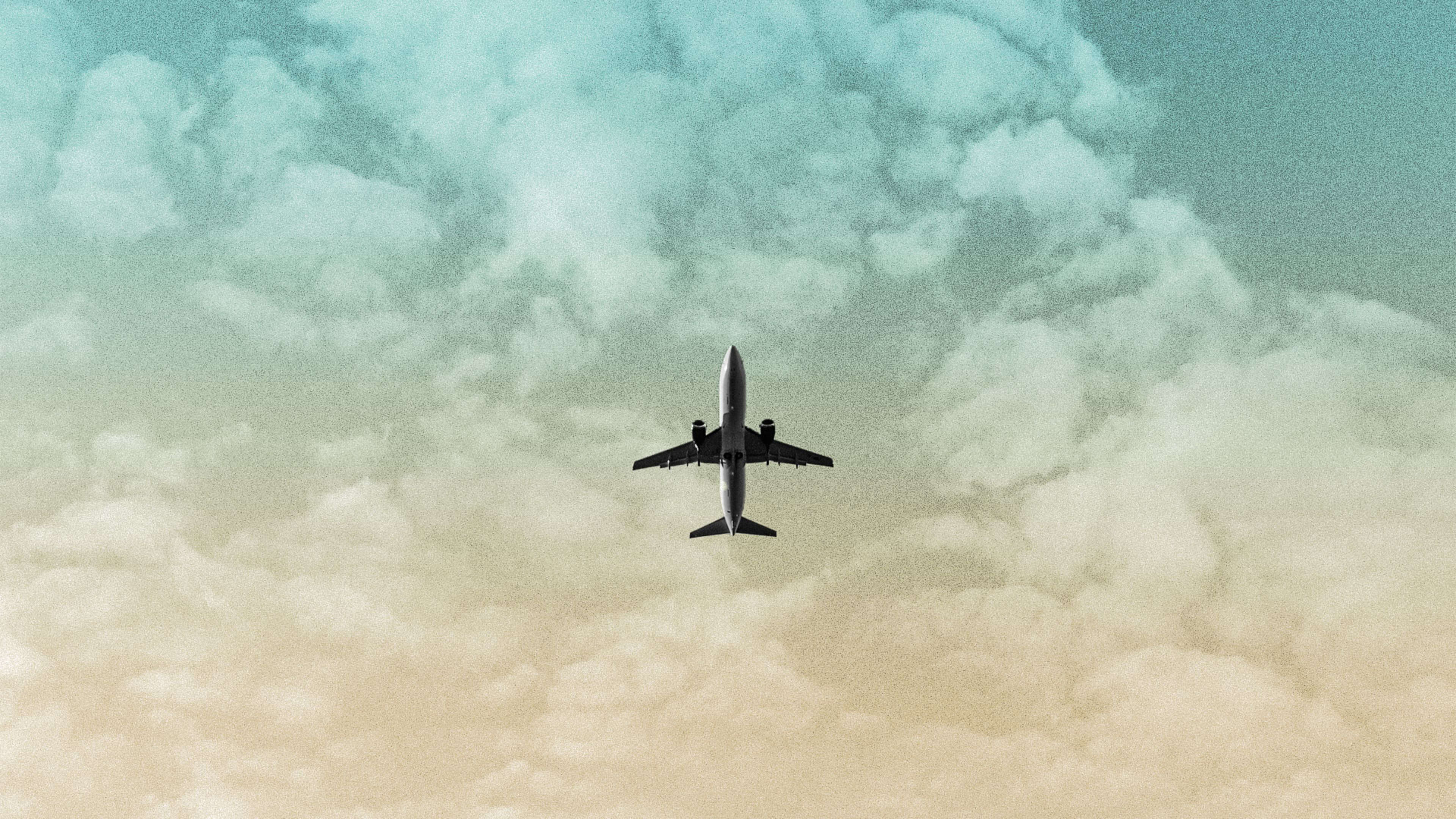Damion Washington, 45, always wanted to be a pilot. But as a Black man with no college education and no idea how to get started, he figured a career as a pilot wasn’t attainable. So instead, he spent two decades working as a pastor, often encouraging people to pursue their dreams.
In 2018, someone told him that people could do more than one thing, and he, along with six others, enrolled in the inaugural class of American Airlines Cadet Academy in Phoenix to become a commercial pilot. After four years of training, teaching, and flying 1,500-plus hours, he stood on a stage earlier this year as American Airlines offered him a pilot job, and he shook the hand of David E. Harris, the nation’s first Black commercial pilot to be hired by American in 1964.
“It was a pretty surreal moment,” Washington says.
There’s good reason. At least 90% of pilots are white men. That’s partly due to the fact that airlines have historically recruited from the U.S. military, which tend to have white pilots. It’s also due to the fact that most airlines, until recently, required a college degree and years of training that might cost upwards of $100,000. Again, mostly white upper- and middle-class men could afford that investment.
The lack of diversity among pilots made outsiders—women, people of color, people from LGBTQ communities—feel like they didn’t belong in the cockpit, says Henry H. Harteveldt, a longtime aviation analyst and president of Atmosphere Research Group. “For a long time, to be honest, that was true,” he says.
More recently, that started to change, as major airlines and pilots made bigger efforts to welcome a broader demographic of pilots, he says. American Airlines, as well as Delta Air Lines, Southwest, Alaska, and JetBlue, began working with different organizations to reach young people of color.
An existential crisis at 36,000 feet
Following the pandemic, that diversity agenda has become far more critical. The industry made huge cuts in their pilot workforces following the 2020 downturn in air travel, and offered retirement packages to senior pilots and others who met certain eligibility requirements. (Today, if those pilots returned to flying, they’d lose seniority and start at the bottom of the pay scale.) The pilot ranks are also shrinking fast: At least 5,773 baby boomer pilots retire each year because they hit the mandatory retirement age of 65 required by the Federal Aviation Administration (FAA). By 2029, not a single baby boomer will be able to legally fly commercial aircraft, says Mark Baier, CEO at AviationManuals and an aviation safety expert and licensed commercial pilot.
Adding to the shortage: A career as a pilot hasn’t been the most attractive because of the lack of stability. Airlines tend to go on hiring binges and furlough pilots during tough times. Switching jobs is tough: When you join an airline, you join at the bottom of the seniority list, and that often means a huge pay cut.
Now as demand picks up, airlines are scrambling to hire 12,000 to 13,000 pilots this year, probably the same amount in 2023, and approximately 8,000 in 2024—and they’re looking beyond the traditional hires to people of color, women, and people who identify as LGBTQ, too. “If we want the best, we need to look at more than one demographic,” says Washington.
Most major airlines have abandoned the four-year degree requirement and added signing bonuses, increased pay, and boosted benefits such as 401(k)s. American has also created scholarships and loan programs with Discover and American Airlines Credit that cover training and room and board estimates—since financing is one of the biggest barriers to new recruits. The airline also created a $10 million scholarship fund for diversity among the pilot ranks.
Never too young to start looking up
American Airlines has been making the rounds at middle and high schools across the nation, in particular in underserved neighborhoods, hosting summer aviation camps and teaching kids about the promise of a career as a pilot.
Like other airlines, American aims to train its own pool of candidates with internal flight schools. Since 2018, as many as 650 cadets—many of whom had never set foot in a cockpit—have enrolled in American’s Cadet Academy. At least half of those cadets are either people of color, female, or both.
The academy, spread across five schools, teaches a combination of meteorology, aerodynamics, and aviation language in the classroom and offers flight training in small four-seaters. The job of a pilot involves many skills, including math, calculations, and commanding a crew. “It’s not just a matter of being able to fly the plane well,” says Harteveldt. “You have to understand all the different systems of modern commercial aircraft, which are very complex beasts.”
Washington, whose grandfather was the first Black private pilot in 1930s Arkansas, says he has no regrets about his midlife career change. He figures he has another two decades of living his dream of flying, with the opportunity to make up to $350,000 to $400,000 a year. “It’s never too late,” he says.
Recognize your brand’s excellence by applying to this year’s Brands That Matter Awards before the early-rate deadline, May 3.
